Can a half-hour long album bear the weight of so much conceptual superstructure? It is certainly flawed insofar as, like Dubai, there is such a mixture of styles that something is inevitably going to be perceived by someone as an eyesore.
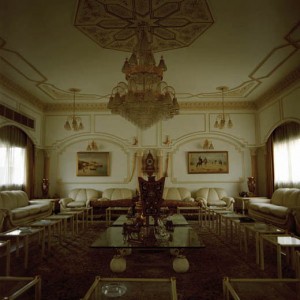
 Nettle is a band project led by Jace Clayton, aka DJ Rupture, a Renaissance man who emerged from the waning Brooklyn illbient underground with the mixtape Gold Teeth Thief before lifting the manhole cover to collaborate with independent artists like guitarist Andy Moor of The Ex and filmmaker Jem Cohen and more internationally-renowned institutions like the Barcelona Symphony Orchestra and the Whitney Museum. After an extended sojourn in Barcelona, he re-conceived Nettle as the vehicle for an unusual East-West encounter. Originally the project was described as a collaboration between DJ Rupture and a Spanish visual artist identified only as DD, and its first two albums (original work and a remix set) were inspired by the paintings of Jean-Michel Basquiat. But DD seems to have departed some time ago, even from the official Nettle biography. Now joining Rupture are Moroccan violinist Abdelhak Rahal, cellists Jennifer Jones and Brent Arnold, Khalid Bennaji (guembri) and guests Moor and vocalist Lindsay Cuff.
Nettle is a band project led by Jace Clayton, aka DJ Rupture, a Renaissance man who emerged from the waning Brooklyn illbient underground with the mixtape Gold Teeth Thief before lifting the manhole cover to collaborate with independent artists like guitarist Andy Moor of The Ex and filmmaker Jem Cohen and more internationally-renowned institutions like the Barcelona Symphony Orchestra and the Whitney Museum. After an extended sojourn in Barcelona, he re-conceived Nettle as the vehicle for an unusual East-West encounter. Originally the project was described as a collaboration between DJ Rupture and a Spanish visual artist identified only as DD, and its first two albums (original work and a remix set) were inspired by the paintings of Jean-Michel Basquiat. But DD seems to have departed some time ago, even from the official Nettle biography. Now joining Rupture are Moroccan violinist Abdelhak Rahal, cellists Jennifer Jones and Brent Arnold, Khalid Bennaji (guembri) and guests Moor and vocalist Lindsay Cuff.
For this album, Nettle imagined a remake of Stanley Kubrick’s The Shining set in a luxury hotel in Dubai. Since its intention is to challenge lazy buzzwords like “mixture” and “hybridity” with questions of ”friction” and “displacement,” the locale is well chosen. Dubai is of course the city-state which has been turned into what some call the first (and maybe last) postmodern city, as architects and engineers have been given carte blanche to run riot and create the most diverse, exciting, and ridiculous buildings imaginable at the fastest pace in the history of the world, including the sail-shaped Burj al-Arab hotel and two sets of artificial island clusters which are already showing signs of erosion. It is also the temporary home of over one million guest workers relegated to well-hidden shanty towns near the edge of the desert.
Can a half-hour long album bear the weight of so much conceptual superstructure? It is certainly flawed insofar as, like Dubai, there is such a mixture of styles that something is inevitably going to be perceived by someone as an eyesore. Dual angelic voices, representing the little twin sisters in the Kubrik mountain resort, open the album and reappear as it nears it end. “Radio Flower” glitches out a sweet, North African tune led by Rahal’s violin. A quasi-Baroque interlude is succeeded directly by a quasi-modernist piece, “Espina,” with a distinct Andalusian flavour and seductively lazy rhythm. A “Simoom,” a scorching desert sandstorm imagined as a guitar noise-cum-sonic collage, is a mid-album blemish, even if it is intended as a reference to the movie’s brutal blizzard. “Shining One” is the beacon that should lead listeners to this album, as Nettle truly mesh, capturing the New Orient-meets-Old Occident as a slow, hazy jam underscored by a melodic electric bass and discreet electric organ as the strings weave arabesques in the air. The dignified “Khalid’s Song” closes the album on an attractive, all acoustic note. The album itself is decorated with elegant photographs of vacant rooms from the series “Presence” by Emirati artist Lamya Gargash and liner notes in the form of a hamfisted pastiche of The Shining reset in Dubai by an architecture critic.
In certain instances, the band’s arrangements and Rupture’s disarrangements bring a smile, like on “Nakhil,” with its plucked violin and loopy synthesizer poking fun at each another. In others. they elicit a furrowed brow if not a frown. Then again, Stephen King was apparently unhappy with Kubrik’s adaptation of his novel.
El Resplandor: The Shining in Dubai is available on Sub Rosa. [Release page | Amazon]
[itunes id=”468782206″]







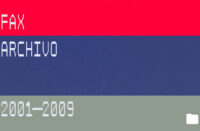
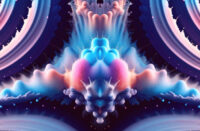
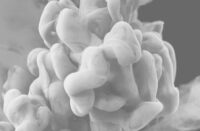

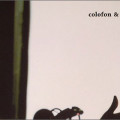


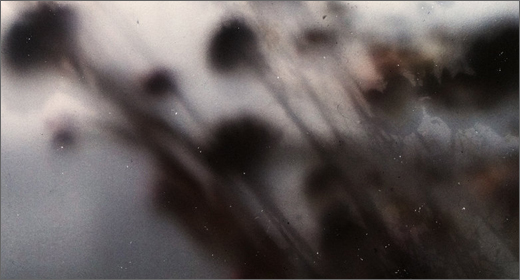
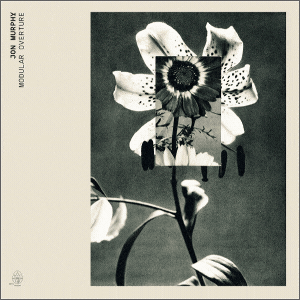


![Squaric :: 808 [Remixes] (Diffuse Reality) — [concise]](https://igloomag.com/wp/wp-content/uploads/2025/04/squaric-808-remixes_feat-75x75.jpg)







